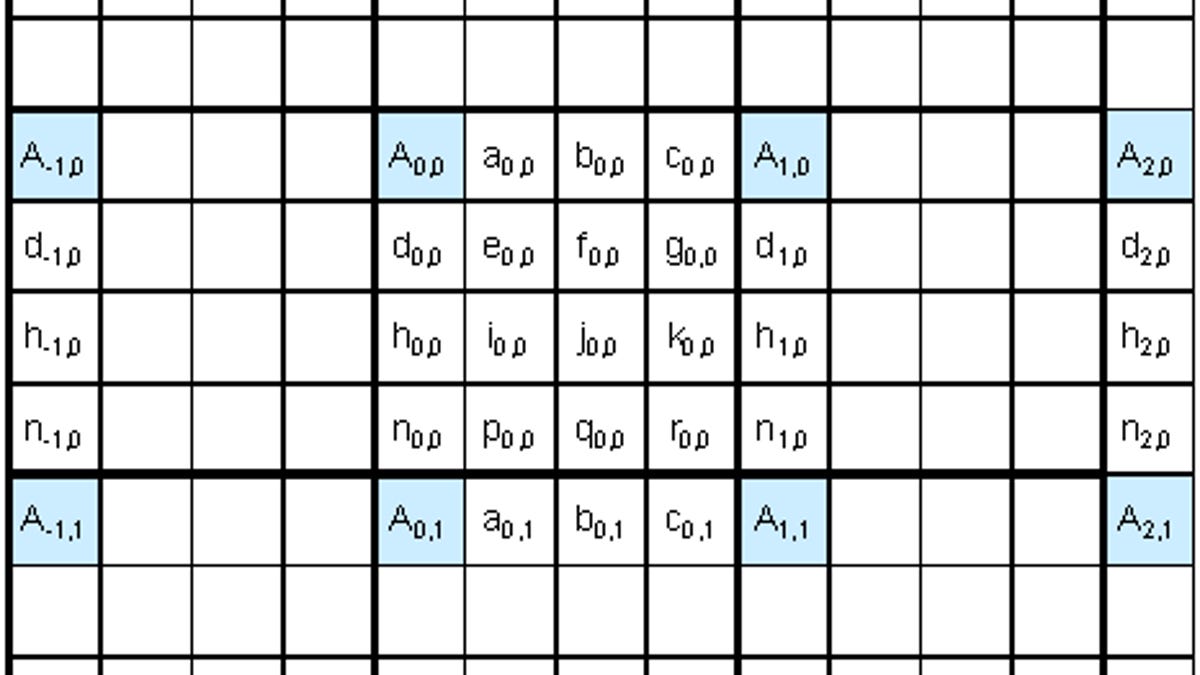HEVC, a new weapon in codec wars, to appear in September
The technology, also called H.265 and the successor to H.264, promises to double video quality for better streaming and higher-res TV. But it'll come with a patent burden, too.

A trade show in September will be the coming-out party for video technology called HEVC or H.265, a new arrival in a hotly contested market for the best approach to compression.
HEVC, short for High Efficiency Video Coding, is for encoding and decoding video streams so they can be stored or transmitted more economically than today's dominant H.264, aka AVC or Advanced Video Coding. Specifically, HEVC allies say it can deliver the same quality video as H.264 with half the network bandwidth.
The codec has been in the making for years, but it's now almost done, with draft versions released and a final version due in January, about 10 years after H.264 was released. Two backers, Ericsson and the Fraunhofer Institute, will demonstrate their versions of HEVC at the IBC show in Amsterdam starting September 6.
One difference with HEVC is that it breaks video frames up into blocks of 64x64 pixels compared to 16x16 for H.264, Fraunhofer said. Another is that it can divide frames into multiple tiles so multicore processors can spread decoding across parallel subtasks.
Using HEVC to double the efficiency of today's dominant video codec would be very useful, especially for those dealing with network-constrained mobile phones or eager to usher in an era of high-resolution 4K video. The HEVC draft specification goes well beyond 4K video to resolutions as high as 7,680x4,320.
Fraunhofer argues that HEVC is necessary to support higher-resolution video without having to reduce the number of TV channels, and Ericsson will demonstrate the codec to promote equipment for TV broadcasters who want to reach mobile devices.
But success for HEVC also would mean that organizations including Mozilla and Google, which have been fighting an uphill battle to encourage instead the VP8 codec Google released for royalty-free use, will have a potentially even steeper hill to climb.
Despite support from major players -- others include Microsoft, Qualcomm, and Samsung -- it's not clear whether HEVC will conquer the world.
"Some sectors of the industry are certainly heavily involved in the development of HEVC," said Ian Richardson, a video codec researcher and consultant with Vcodex. "In my view, the big question is whether the technical benefits of HEVC (compression performance, multi-processor support) are enough to justify the shift to a new standard."
And there's another big issue: patents. Anyone using H.264 in mobile phones, videocameras, operating systems, Blu-ray discs, or TV broadcasting must pay patent royalties to a group called MPEG LA that licenses the pool of H.264 patents on behalf of a large number of patent holders.
HEVC is headed in the same direction, calling on patent holders to disclose if they have any patents essential to the video codec.
"MPEG LA is pleased to assist in facilitating a convenient, independently administered, one-stop patent licensing alternative to assist users with implementation of their technology choices and invites all patent holders to participate," MPEG LA Chief Executive Larry Horn said in a statement in June (PDF).
Patents are a big problem for open-source software such as Firefox, because patent licensing requirements conflict with the open-source licenses. After it lost the battle to advance VP8 over H.264 for video embedded into Web pages with HTML5, Mozilla began adapting Firefox to use H.264 when support is built into the operating system. That's the case for iOS, Android, OS X, and Windows 7.
But Mozilla doesn't directly distribute H.264 within open-source Firefox. Google had pledged to remove H.264 support from Chrome but reversed course for practical reasons.
VP8 also isn't necessarily free of patent concerns either. In February 2011, MPEG LA issued a call for patents essential to VP8, a step required if it chooses to license a pool of VP8 patents. But thus far, it hasn't actually offered a license.
Meanwhile, patent licenses from MPEG LA may not be everything a licensee could desire. Microsoft has been at the losing end of a claim in Germany from Motorola Mobility (now part of Google) that it's violating H.264-related patents.
The next round of debate for online video is taking place in the discussion around WebRTC, a proposed technology for real-time chat with video or audio on the Web.
Google proposed VP8 be a required video codec for WebRTC, and Mozilla's Timothy Terriberry added, "We believe very strongly in keeping WebRTC unencumbered." It's not clear whether it will prevail, though; audio codec designer Jean-Marc Valin said after the most recent WebRTC standards meeting, "Not only is there still no consensus over which codec to use (VP8 vs H.264), but there's also been no significant progress in getting to a consensus.

